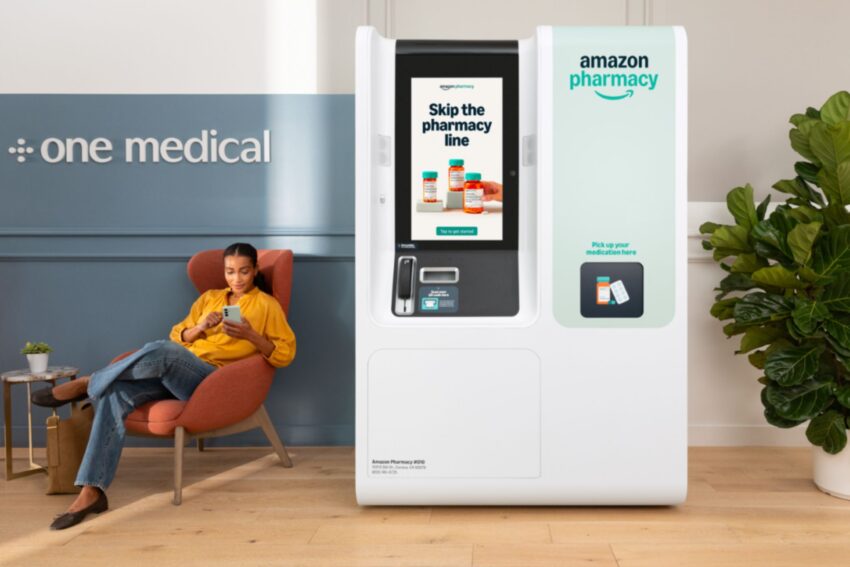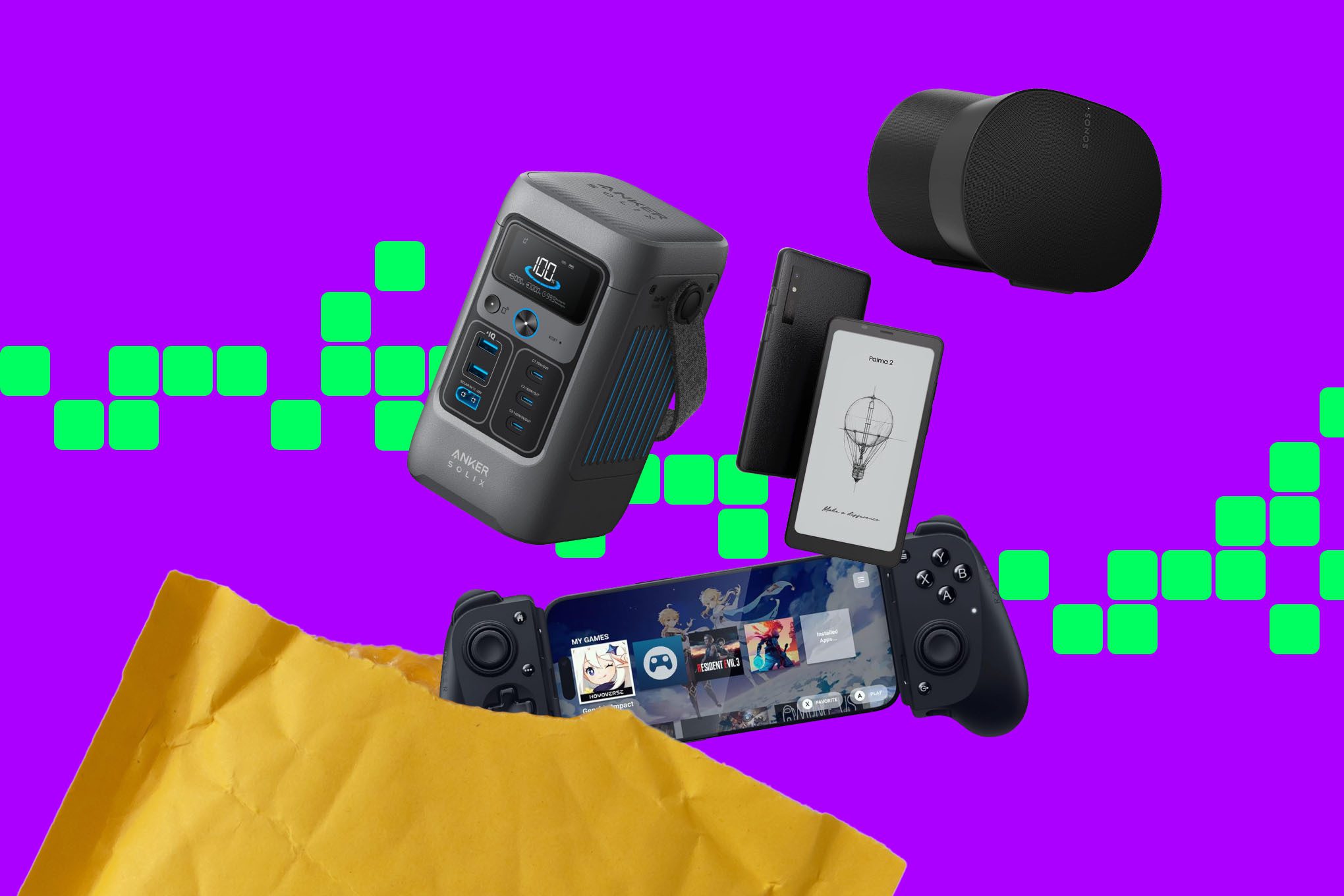
amazon is putting prescription drugs in vending Amazon is set to revolutionize the way patients access their medications by introducing prescription drug vending machines in its One Medical clinics.
amazon is putting prescription drugs in vending
Introduction to Amazon’s New Initiative
In a significant move aimed at enhancing patient convenience, Amazon has announced the introduction of vending machines stocked with prescription medications at its One Medical clinics. This initiative is designed to allow patients to collect their prescriptions immediately after their appointments, thereby streamlining the process of obtaining essential medications. The kiosks will be available starting in December at One Medical offices across Los Angeles, with plans for future expansion to additional locations.
Details of the Kiosk Offerings
The Amazon Pharmacy kiosks will offer a variety of common prescriptions, including:
- Antibiotics
- Inhalers
- Blood pressure medications
However, it is important to note that the kiosks will not dispense controlled substances or medications that require refrigeration. The specific inventory available at each kiosk will vary based on the prescribing patterns of the respective office location, allowing for a tailored approach to patient needs.
Reducing Barriers to Medication Access
One of the primary goals of this initiative is to reduce the barriers that patients often face when trying to fill their prescriptions. According to Amazon, many prescriptions go unfilled when patients are required to make an extra trip to a pharmacy after their medical appointments. This problem is particularly acute in the United States, where access to pharmacies can be limited, and the process of obtaining medications can be cumbersome.
“We know that when patients have to make an extra trip to the pharmacy after seeing their doctor, many prescriptions never get filled,” said Hannah McClellan, president of Amazon Pharmacy operations. “By bringing the pharmacy directly to the point of care, we’re removing a critical barrier and helping patients start their treatment when it matters most — right away.”
How the Kiosks Work
The process for utilizing the Amazon Pharmacy kiosks is designed to be user-friendly. Patients can have their healthcare providers send prescriptions directly to an Amazon Pharmacy for collection at the in-office kiosks. Once the prescriptions are sent, they are verified by one of Amazon’s pharmacists. Patients can then check out using a QR code via the Amazon mobile app, allowing them to collect their medications “in minutes.”
This immediate access to medications is expected to significantly improve patient adherence to prescribed treatments, as it eliminates the need for additional trips to a pharmacy. The convenience of picking up medications right after a doctor’s visit could lead to better health outcomes for patients, particularly those with chronic conditions that require ongoing medication management.
Consultation Services
In addition to the convenience of immediate medication access, patients using the Amazon Pharmacy kiosks will also have the opportunity to consult with the company’s pharmacy team. This will be available through phone and video consultations, allowing patients to ask questions about their medications just as they would at a traditional pharmacy counter. This feature aims to provide a comprehensive support system for patients, ensuring they have access to the information they need to manage their health effectively.
Context: The Changing Landscape of Pharmacy Services
The introduction of these kiosks comes at a time when traditional brick-and-mortar pharmacies in the United States are facing significant challenges. Many well-known pharmacy chains, including Rite Aid, CVS, and Walgreens, have shuttered locations in recent years due to increasing competition and declining profit margins. This trend has resulted in reduced access to in-person prescription pick-ups for many patients, particularly in underserved areas.
As the healthcare landscape continues to evolve, there is a growing demand for more accessible and efficient pharmacy services. Amazon’s entry into this space is indicative of a broader trend where technology companies are looking to disrupt traditional healthcare models. By leveraging its extensive logistics network and technological capabilities, Amazon aims to offer a more streamlined and patient-centric approach to medication access.
Implications for Patients and Healthcare Providers
The implications of Amazon’s new pharmacy kiosks are far-reaching. For patients, the ability to collect medications immediately after a doctor’s appointment could lead to improved adherence to treatment regimens. This is particularly important for individuals managing chronic conditions, where timely access to medications is crucial for effective disease management.
Healthcare providers may also benefit from this initiative. By reducing the barriers to medication access, providers can feel more confident that their patients will follow through with prescribed treatments. This could lead to better health outcomes and potentially reduce the burden on healthcare systems by decreasing the incidence of complications arising from untreated conditions.
Stakeholder Reactions
The response to Amazon’s initiative has been mixed. Some healthcare professionals and industry analysts view the move as a positive step toward improving patient access to medications. They argue that the convenience of in-office kiosks could help bridge the gap for patients who struggle to fill prescriptions due to logistical challenges.
On the other hand, some stakeholders express concerns about the implications of Amazon’s entry into the pharmacy space. Traditional pharmacies may face increased competition, which could further strain their already challenged business models. Additionally, there are questions about how this initiative will impact the patient-pharmacist relationship, which has traditionally been built on trust and personalized care.
Future Outlook
As Amazon rolls out its pharmacy kiosks, the company is likely to monitor patient feedback closely to refine the service. The initial launch in Los Angeles will serve as a test case, and depending on its success, Amazon could expand the program to additional markets. This could set a precedent for other technology companies to explore similar initiatives, further transforming the landscape of pharmacy services.
Moreover, the integration of technology into healthcare is expected to continue growing. As patients increasingly seek convenience and efficiency in their healthcare experiences, companies like Amazon are well-positioned to meet these demands. The success of the pharmacy kiosks could pave the way for additional innovations in medication management and healthcare delivery.
Conclusion
Amazon’s introduction of prescription drug vending machines at One Medical clinics marks a significant shift in how patients access their medications. By providing immediate access to essential prescriptions and offering consultation services, Amazon aims to enhance patient adherence and improve health outcomes. As the healthcare landscape continues to evolve, the implications of this initiative will be closely watched by patients, healthcare providers, and industry stakeholders alike.
Source: Original report
Was this helpful?
Last Modified: October 8, 2025 at 6:41 pm
0 views















